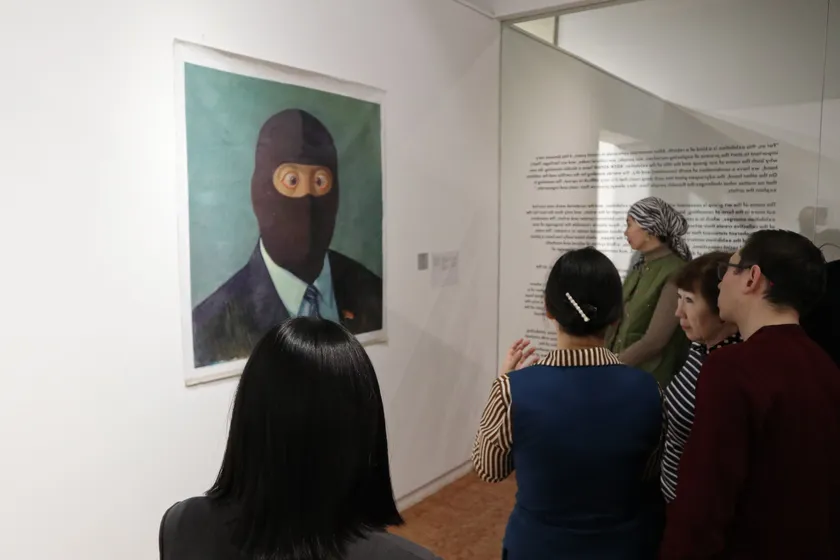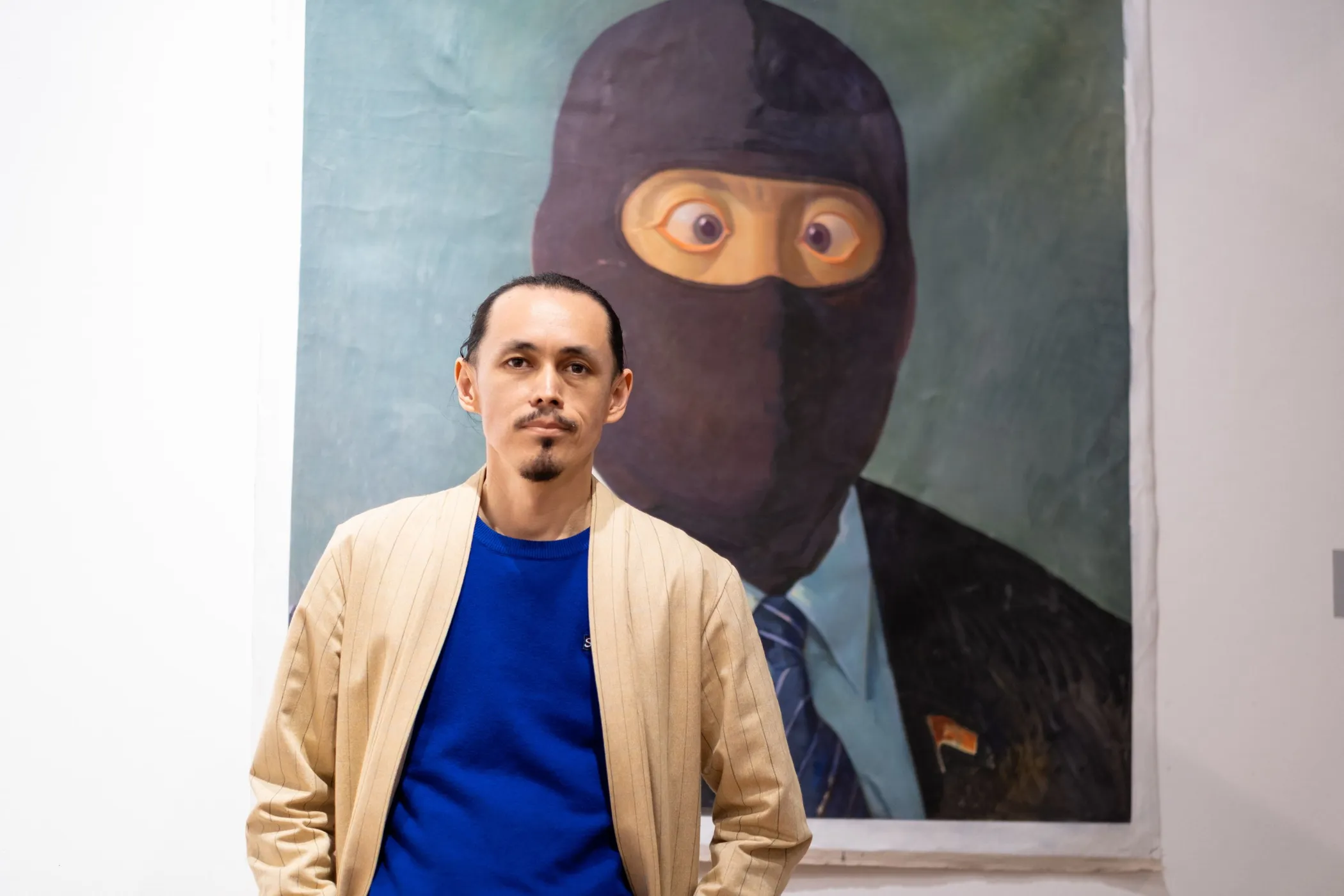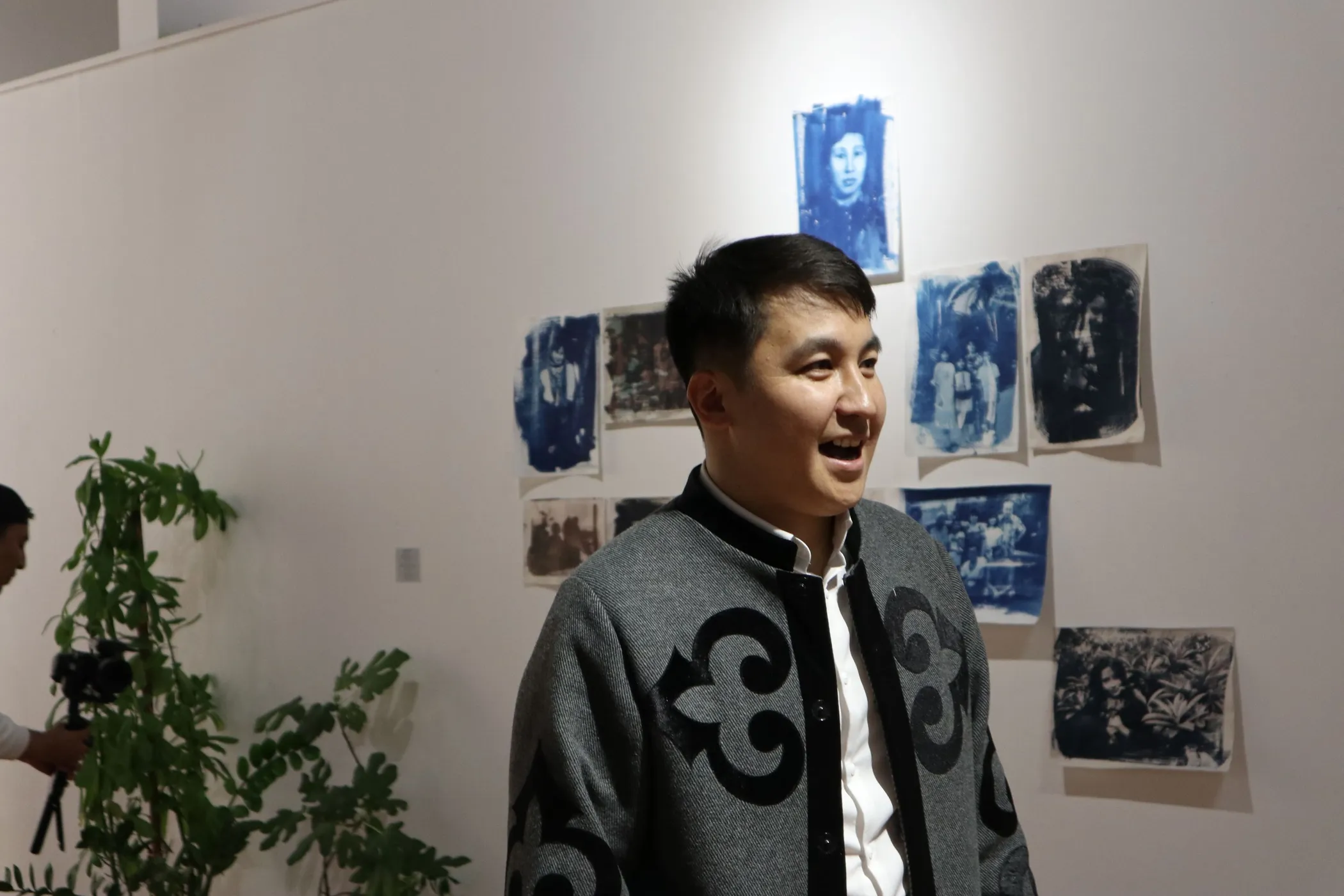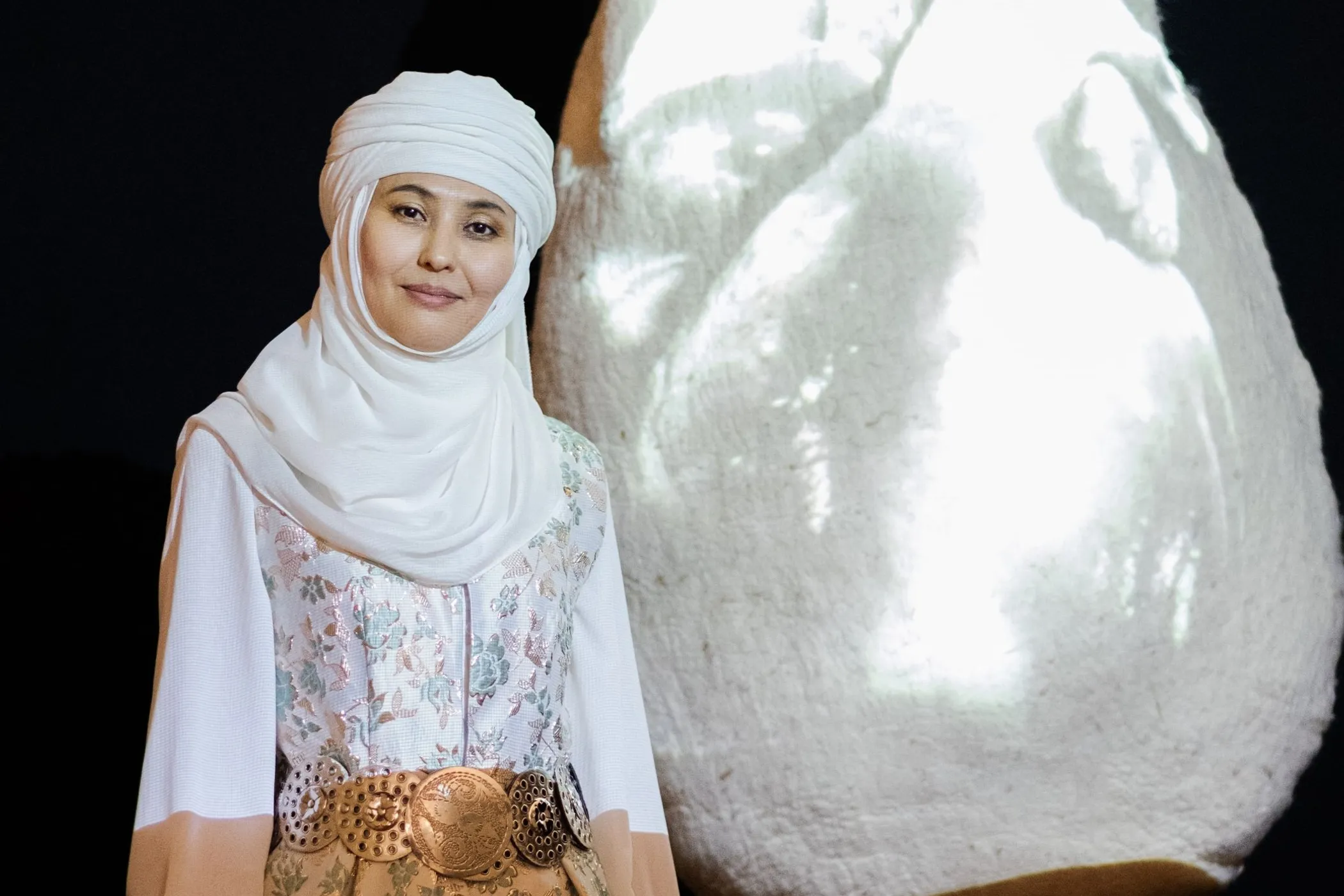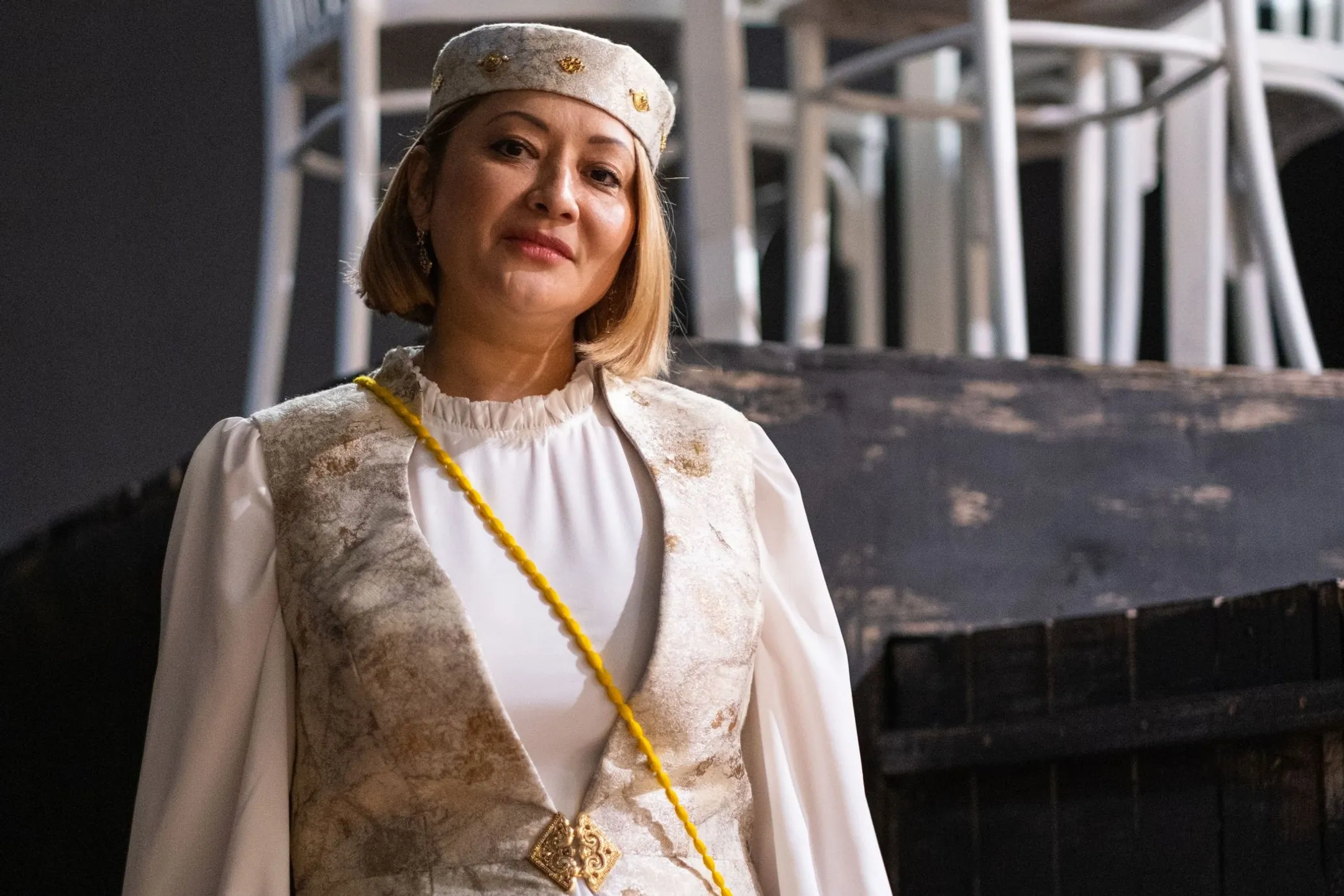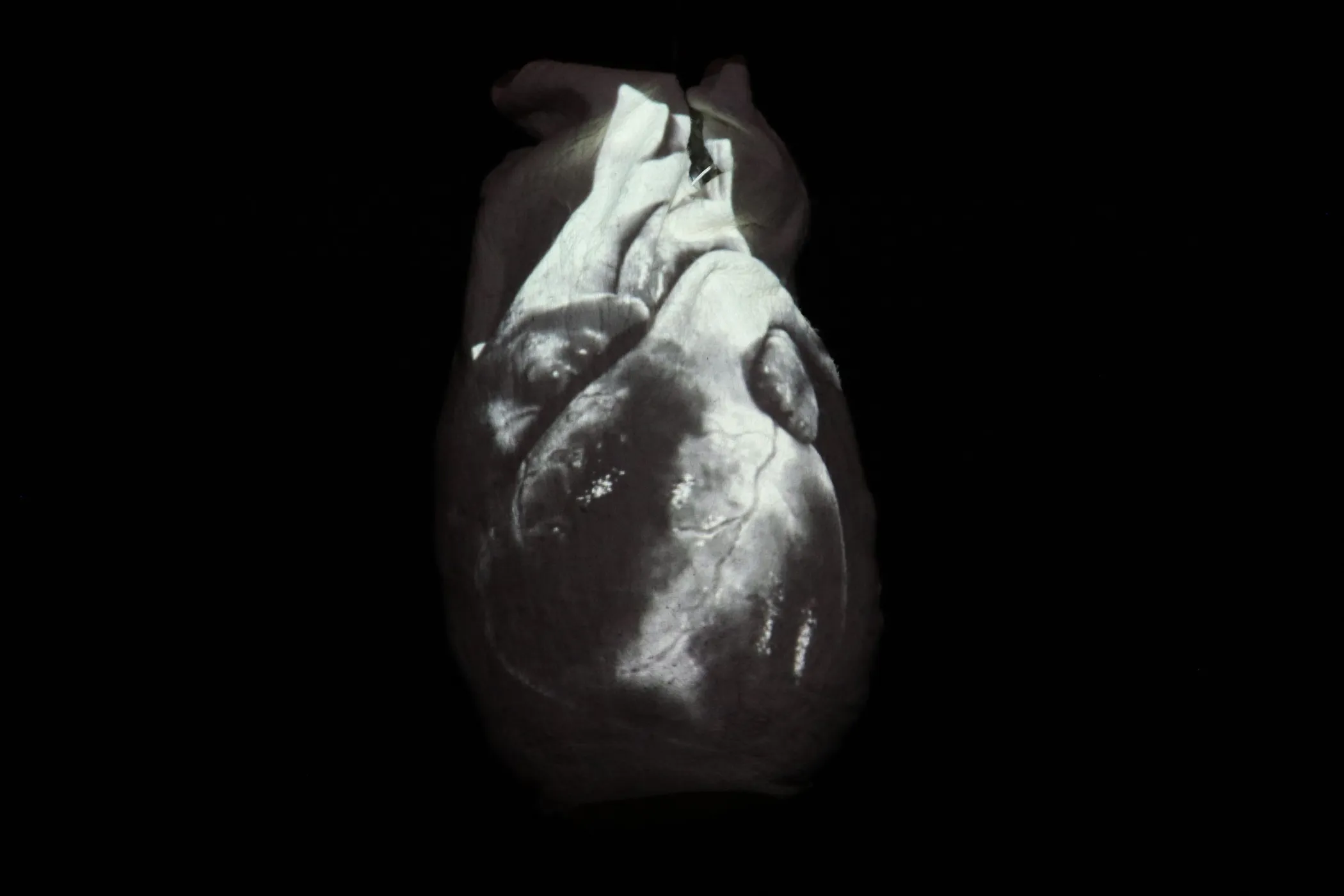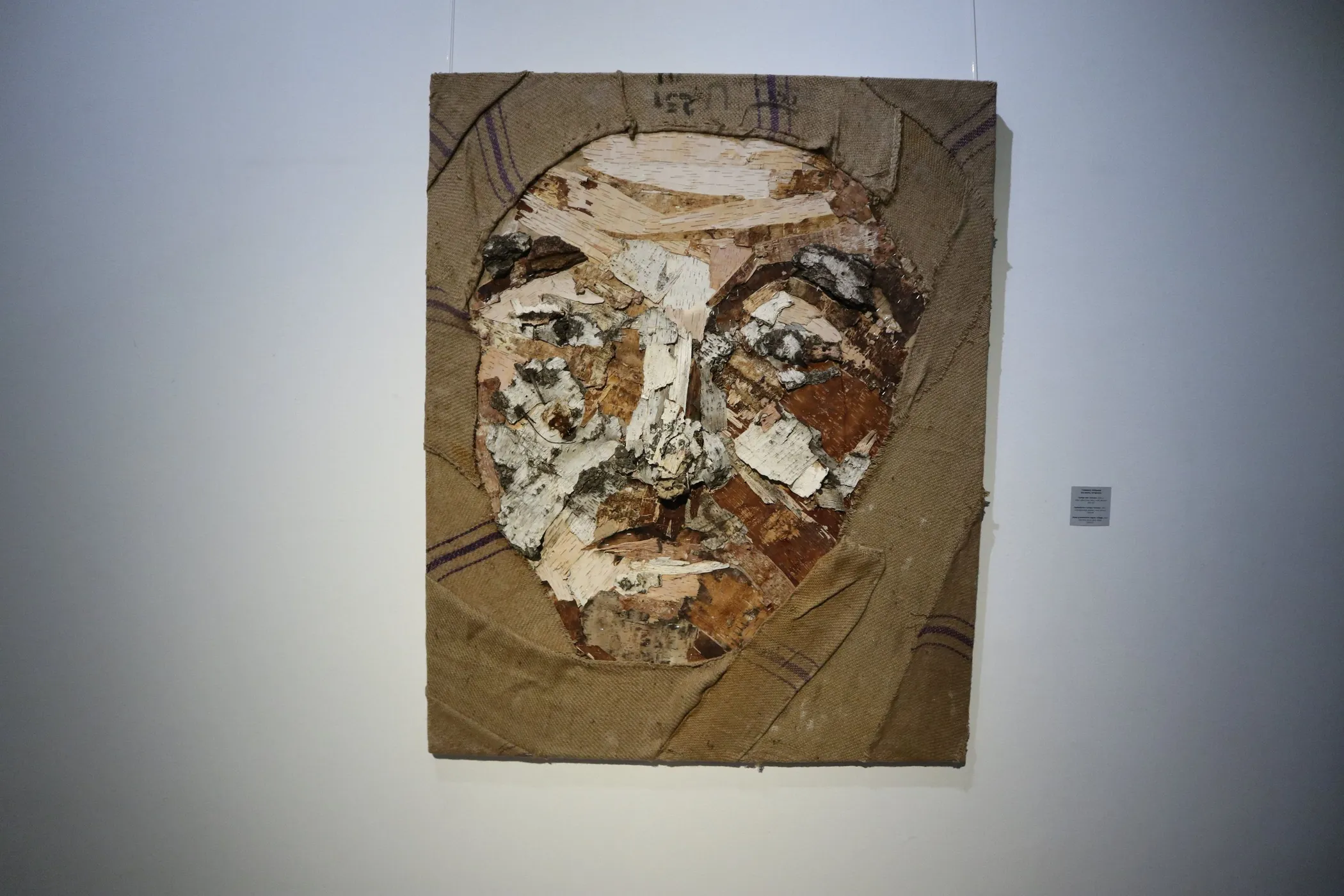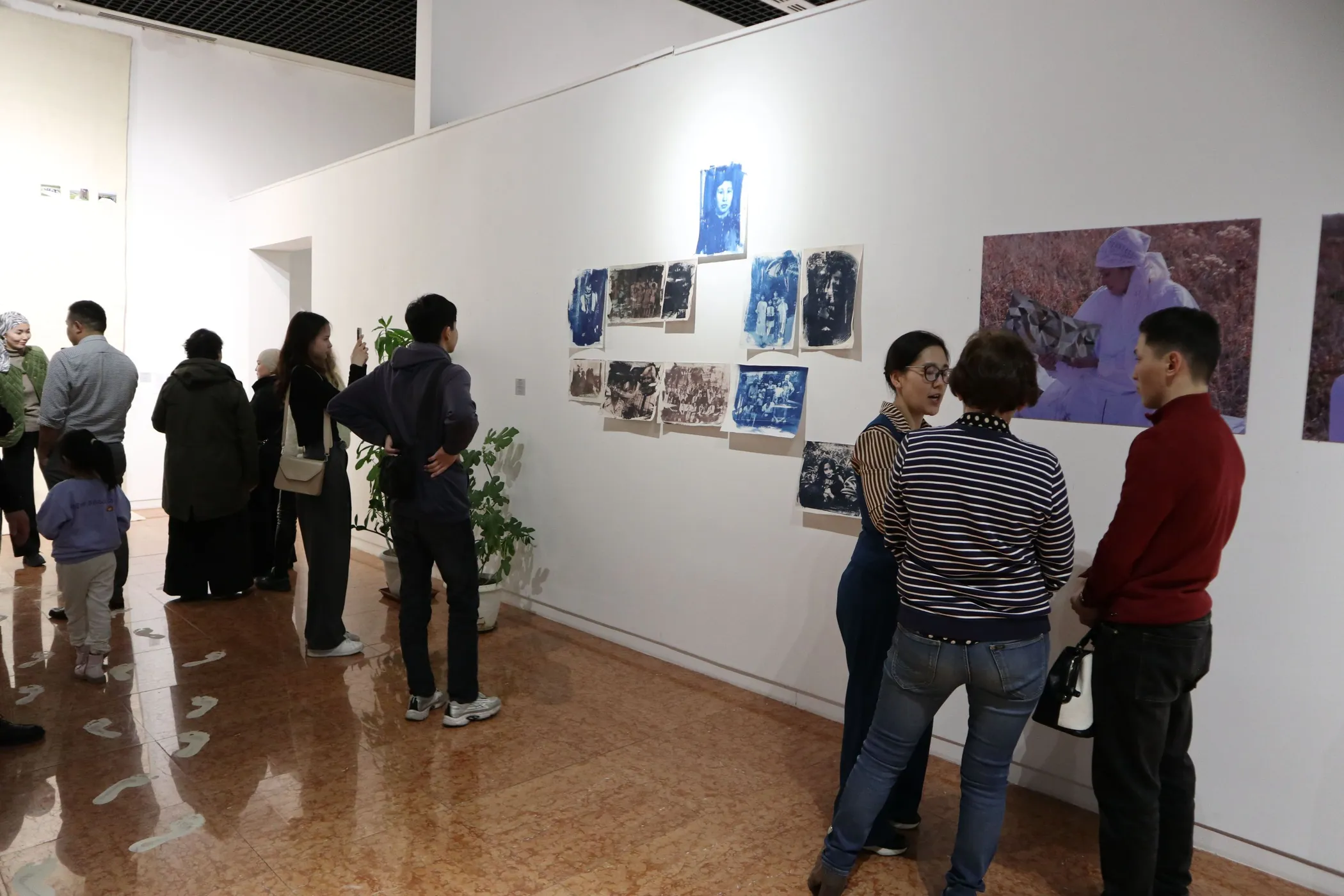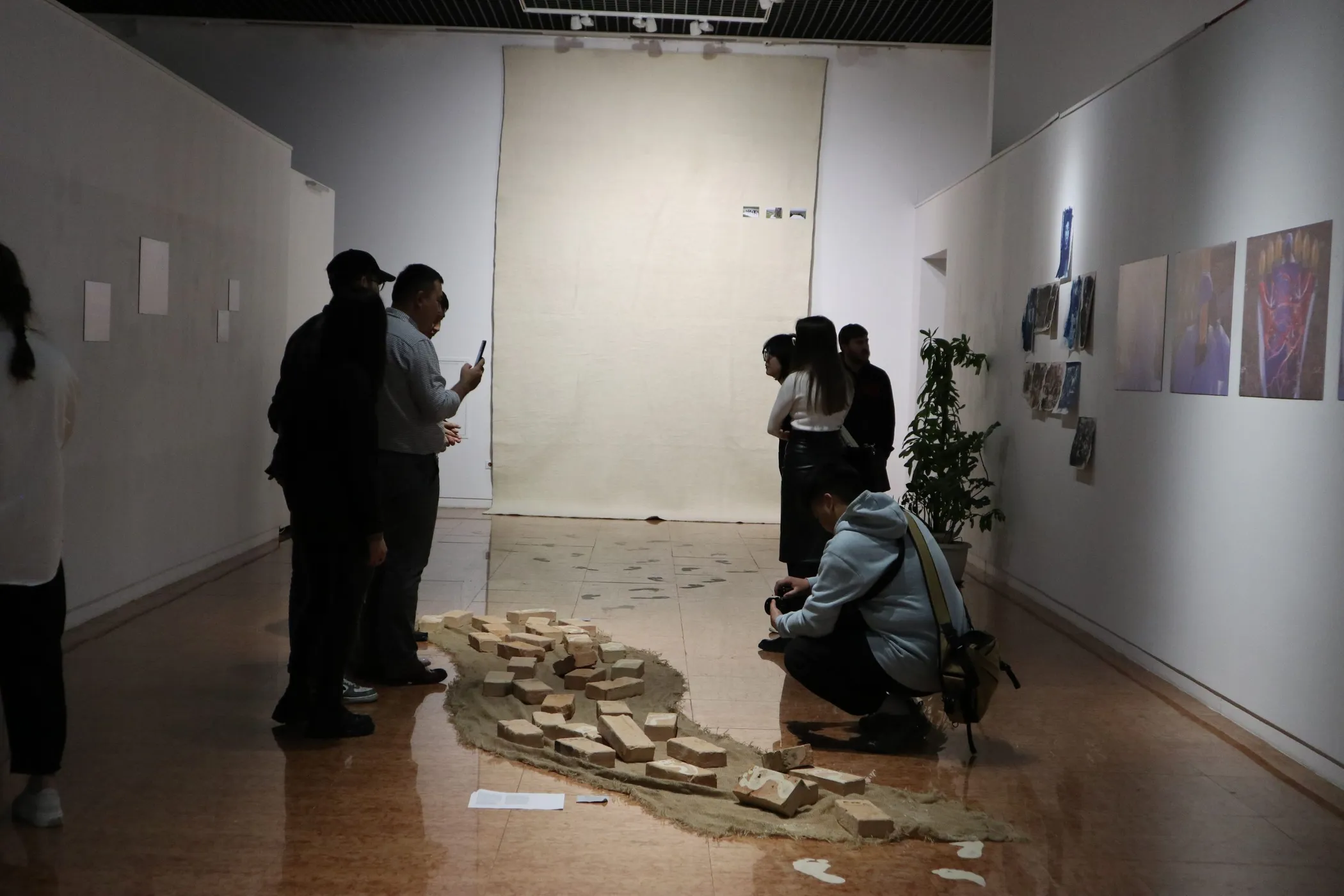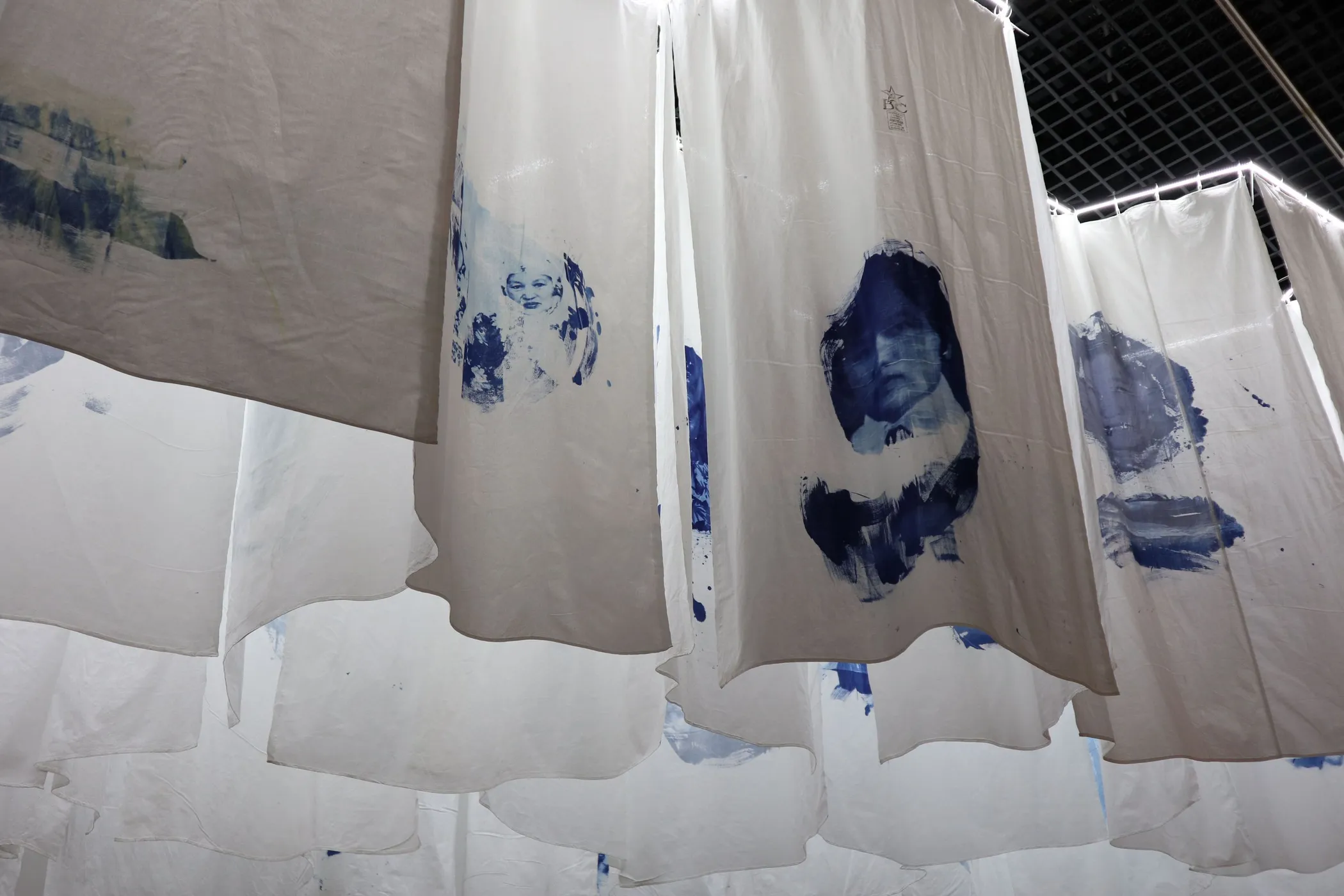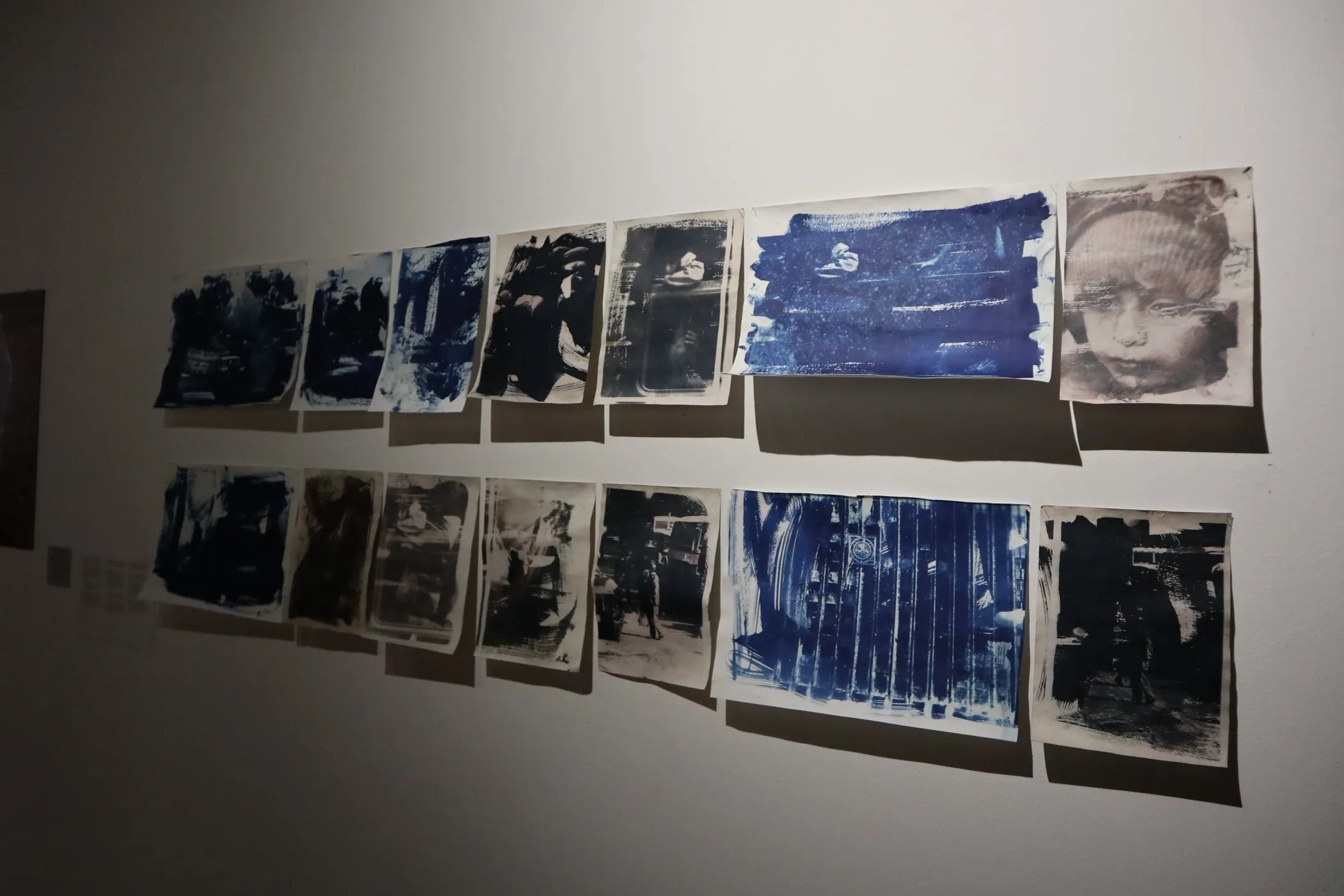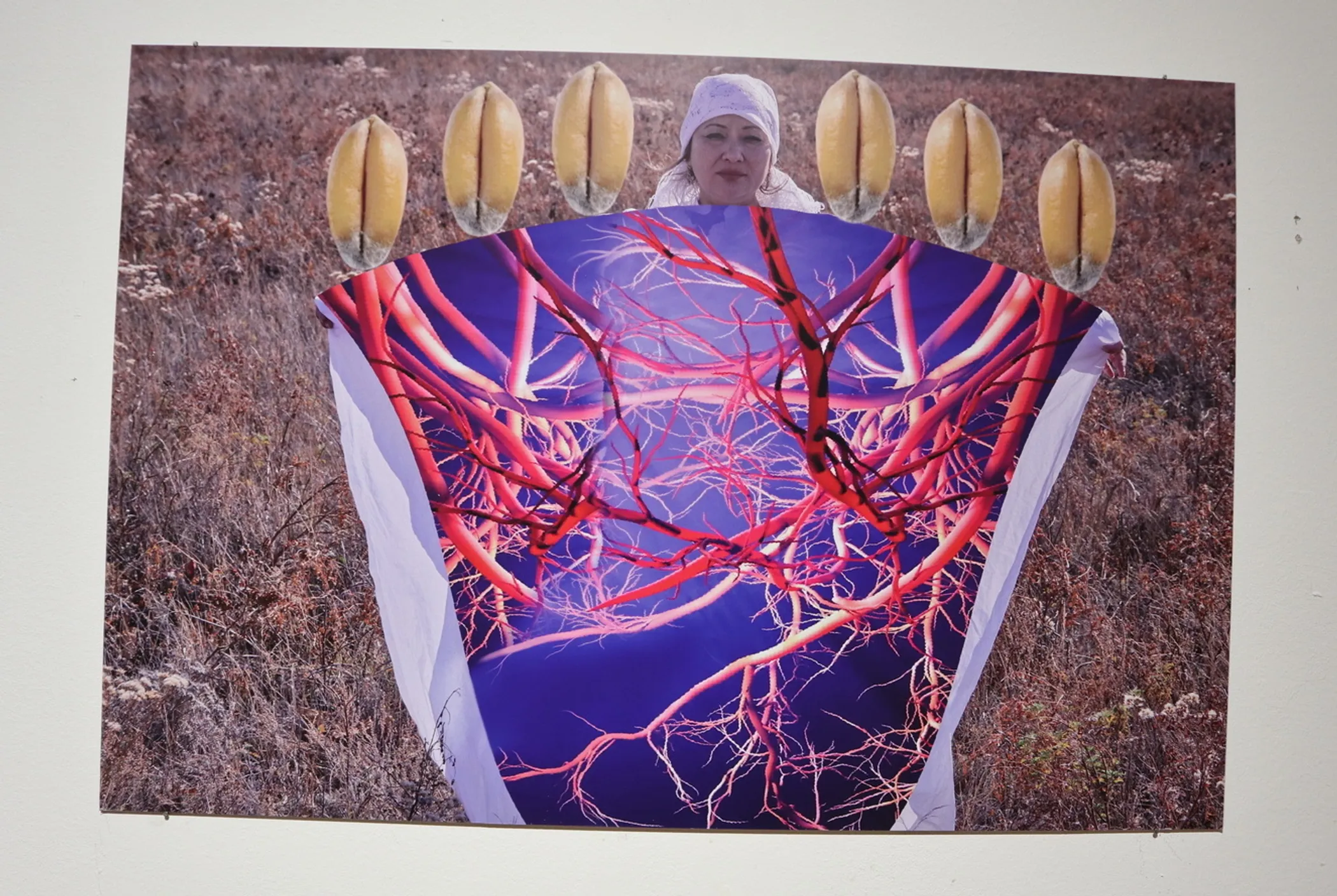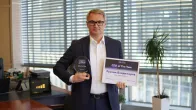Last Friday, ADYR-ASPAN - a collective of five Kazakh artists - opened an immersive exhibition at the National Museum in Astana. The artists presented their works in a variety of genres, including photography, sculpture, installation, painting, graphics, audio, and video art. This multi-layered abyss of meanings takes over any visitor who dares to look into it.
QazMonitor reporter went to the exhibition to find out how new art from Kazakhstan can present alternative modernity deeply rooted in the nomadic culture code.
The works of Gulmaral Tatibaeva, Beibit Asemkul, Natalia Ligai, Aliya Kanibekova, and Zhenis Moldabekov are well-known not only to art lovers in Astana, but also in Kazakhstan and abroad. The artists have been actively working and exhibiting since 2011, and their joint work began under the name Cadmium Red in 2015.
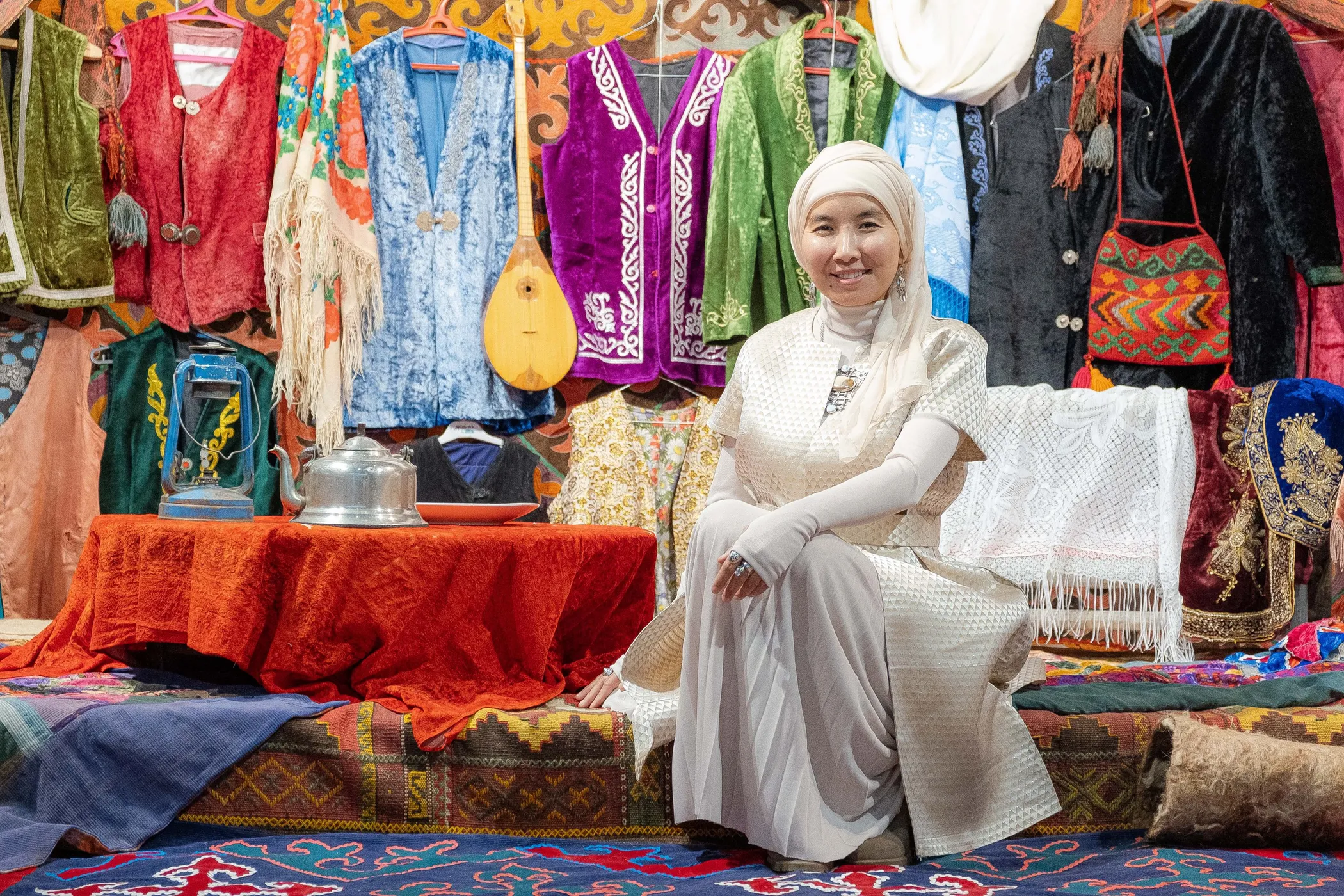
"This exhibition is a kind of rebirth for us. After the many upheavals of recent years, it became very important to begin the process of examining ourselves, our people, our code, and our heritage," shared the artists.
Both the name of our group and the name of the exhibition "ADYR-ASPAN" have a double reading. On the one hand, we have the combination of the earth (mountains) and the sky, the worlds of the earthly and the sublime. On the other hand, the adyraspan plant has such deep roots that it is very difficult to uproot it. The idea is that no matter what trials the Kazakh people underwent, they always kept their roots and revived," stated the artists.
The group's works reflect the themes of war, social upheaval, the search for one's roots, understanding one's history and national culture, the problem of language, art, and gender equality.
Vladislav Sludsky, a curator and art consultant of ADYR-ASPAN, founder of the Qazart platform, and co-founder of the Eurasian Cultural Alliance gave an insight into the creative process of the collective and their works.

The group members created their works individually, but together. These works resemble the language of a single artist, a coherent statement that was discussed horizontally, without an outlined center or leader. The main narrative of the exhibition is built around the phenomenon of the steppe, which historically has been a place of horizontal social connections, exchange of ideas and goods, a fluid system of ethical and aesthetic coordinates, where people of different cultures had to find, and sometimes invent, a language of understanding each other.
Together, the artists are summing up their long-standing collaboration, changing the name of their group, and opening up a new stage in the development of their thought and visual vocabulary.
The exhibition is open at the National Museum in Astana until April 30th.
